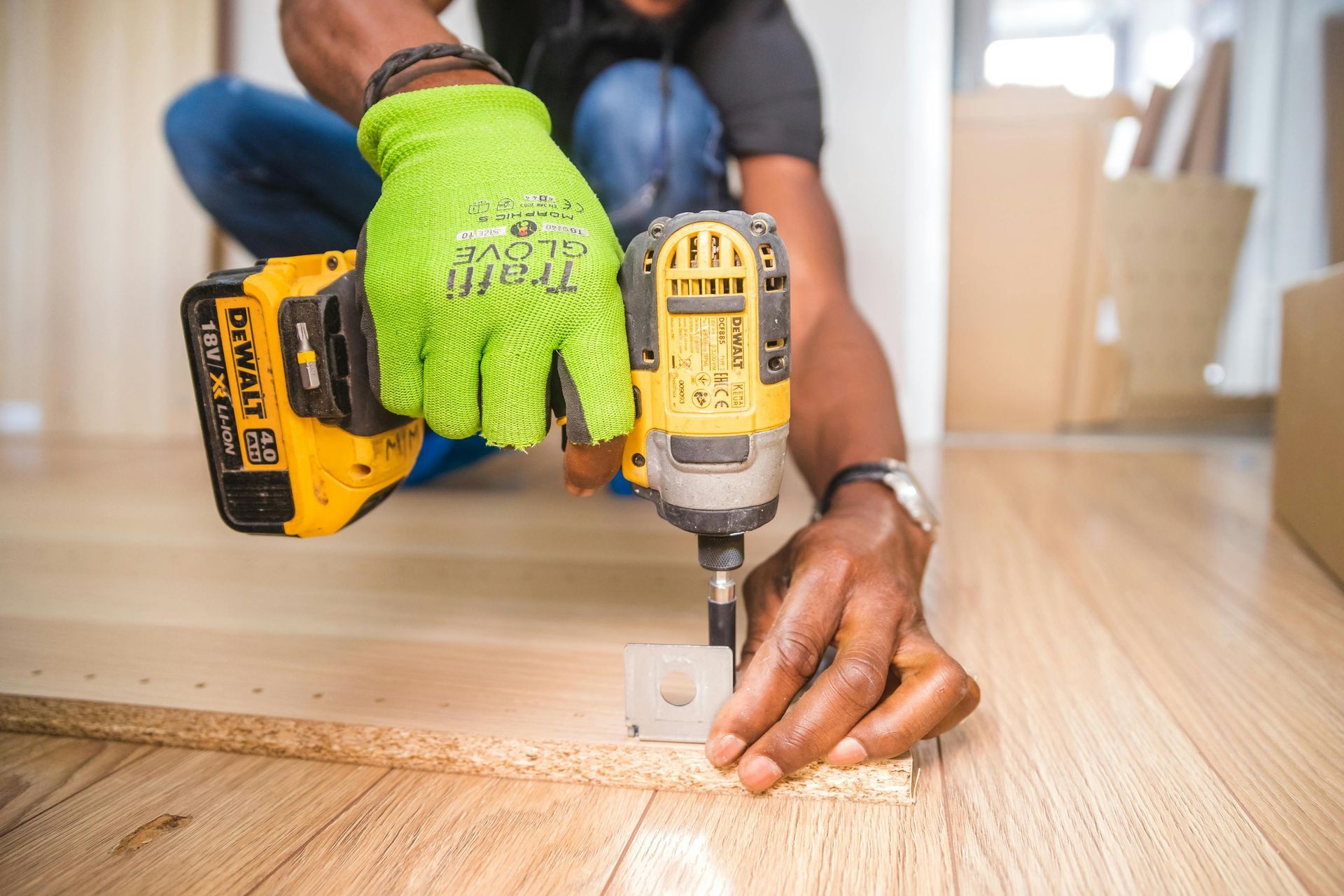Boost Your Sales by Turning Customers Into Partners
If your goal is growth, then marketing is all that matters and part of that marketing, is building and maintaining customer relationships .
For every business this is a vital part of growing, but it’s easy to get off track and not focus on it, because we’re always hunting—seeking new customer acquisition.
Once you have enough customers or even better advocates:
Your job is no longer to go find customers for your product, but your new job is to go find products for your customer.
This means building and maintaining customer relationships that involve asking for their participation and involvement in your projects. By working together, you will learn something that will help in creating new products/services to solve their problem.
By involving customers in your search for new ways to solve their problems you also invite them inside your business, which multiplies interactions and instill loyalty.
Ultimately, you make customers emotionally invested in your success, which can boost your sales from existing customers, lower operational and marketing costs, greater brand equity , and terrific word-of-mouth.
Here are five ways to Boost Your Sales by Turning Customers Into Partners.
- Solve the real problem. The customer today is drowning in choices, and if you completely meet customer needs, you will have a big brand differentiator. To figure out what needs are important, you should invest time in meeting with or surveying your customers.
- Feel like a family member. Make your customers feel like they “really know” the company. Add personalization to your business wherever you can. Customers are always more loyal to people they know than strangers.
- Be Generous. Share expertise and information offline and online. Teach classes that encourage dialogue. Create thought leadership through blogging—writing to lead—and encourage comments. Let your customers choose the name of the event or where the donations should be go. Be generous with your time, connections, money, but most importantly your work.
- Research how customers can gain more value. Start surveying customers and listening to the questions they ask. There could be an opportunity to start an customer advocate group where they seek new ways to use your product/service or create tutorial content that shows how customers gain more value.
- Enlist your customers in community efforts . If you get customers involved in a joint effort to improve community life, you go a long way to developing deep customer loyalty.
Remember, no matter which method you choose, the best way to begin partnering with customers is to make them feel a valued part of your business.
Question: What do you think? Do you plan on partnering with your customers?




